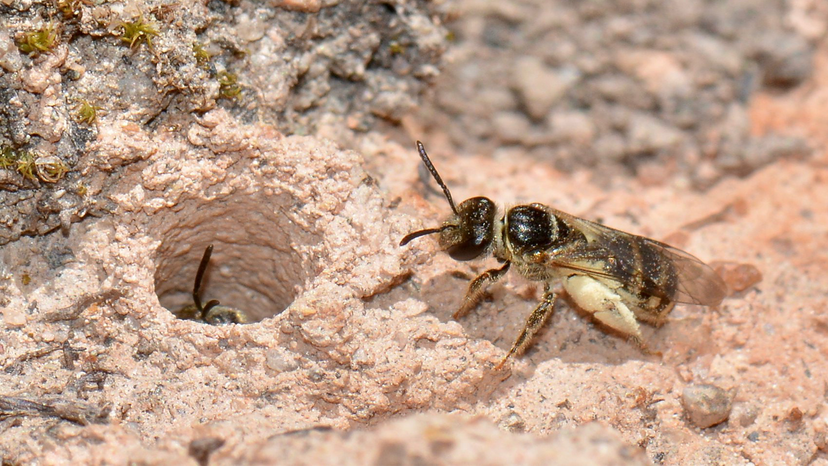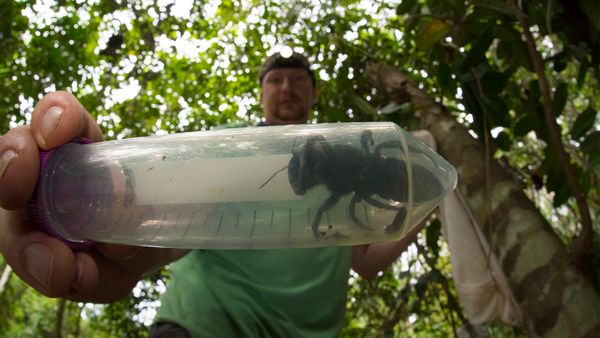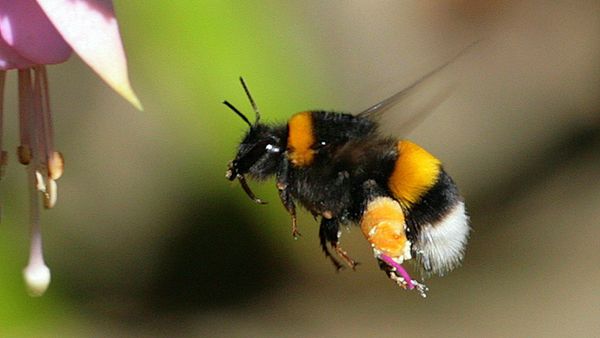
You think you know what bees are all about: They make honey and live in hives with a queen and sting you sometimes, right? Well, all this is true about some bees, but just like there are lots of different kinds of rodents — big ones and small ones, species that live in trees and underground, species that love to nest together and others that just want to be left alone — Earth is home to approximately 20,000 species of bees, and they're all a little different.
Bees are our most important pollinators, and a lot of places in the world are home to eusocial bees like the ubiquitous western honey bee (Apis mellifera) that was probably originally native to Asia, but has spread to every continent except Antarctica over the centuries. Industrial agriculture operations spend millions of dollars every year renting hives to pollinate their crops to increase yield.
Advertisement
Honey bees live in hives with a queen who's in charge of procreation in the colony. But most bees on the planet aren't honey bees — in fact, there are only a handful of honey bee species in the world. However, every continent has its own native bees, which occupy most spots on the planet, from the Arctic, to deserts, tropical forests, grasslands and most places in between. In North America, there are around 4,000 species, with new species being discovered all the time. Surprisingly, most bees are solitary, meaning that each mother bee provides for her own nest, and about 70 percent of native bees live in the ground.
"You could think of solitary bees as hard-working single moms, working nonstop from sun-up to sun-down to provide pollen and nectar, in the form of little loaves, that they provide for their young," says Clay Bolt, a natural history and conservation photographer specializing in native bees.
Advertisement

